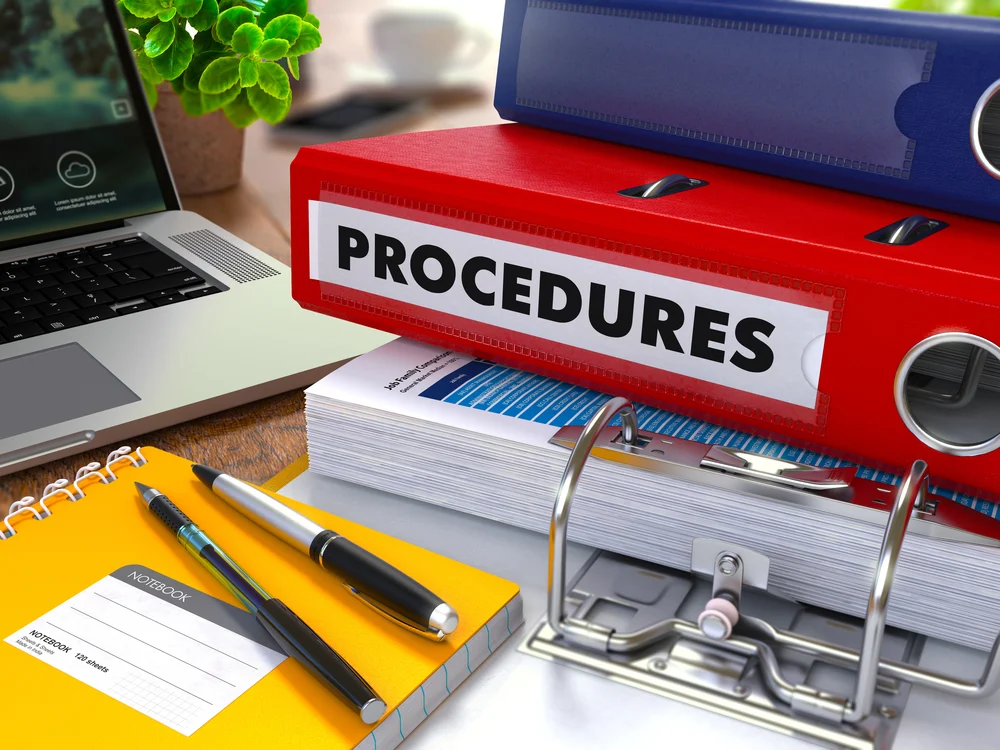
In today’s unpredictable world, the unexpected can (and often does) happen. Business owners must be prepared for a multitude of unforeseen events that could disrupt their operations at any moment. Whether it’s a natural disaster, a cyberattack, or a global pandemic, having a robust emergency response plan is crucial for ensuring business continuity and security. Knowing the benefits of an effective emergency response plan and how to implement one within your own organization can help ensure your business runs as smoothly as possible at all times.
Developing an Effective Emergency Response Plan: Start With Risk Assessment
One of the first steps in emergency response planning is conducting a risk assessment. This involves identifying potential hazards that could impact the organization and assessing their likelihood and potential impact. Common risks include:
- Natural disasters (hurricanes, earthquakes, floods)
- Technology failures
- Supply chain disruptions
- Security breaches
By pinpointing and understanding these potential risks and their likelihood of occurring, businesses can prioritize their preparedness efforts and allocate resources effectively.
Organizations can use the risk assessment to develop clear and concise emergency response procedures. These procedures outline the steps to be taken during an emergency and assign responsibilities to specific individuals or teams. The procedures should cover a wide range of scenarios and include protocols for evacuation, communication, medical emergencies, and data security.
The Benefits of a Comprehensive Emergency Response System
Having a business emergency response plan offers numerous benefits that can significantly impact an organization’s ability to navigate and recover from unforeseen events. Here are five key benefits of having a business emergency response plan:
- Enhanced Business Continuity
A well-designed emergency response plan ensures that critical business functions can continue both during and after a disruption. By outlining clear procedures and assigning responsibilities to individuals and teams, the plan helps minimize downtime and allows employees to respond effectively. This continuity helps maintain productivity, customer service, and revenue generation, reducing the financial impact of the emergency. - Reduced Risks and Losses
An emergency response plan enables organizations to identify and assess potential risks in advance. By understanding the vulnerabilities and developing appropriate mitigation strategies, businesses can reduce the likelihood and impact of emergencies. This proactive approach helps prevent injuries, property damage, and financial losses, safeguarding the organization’s assets and resources. - Boosted Employee Safety and Morale
A key aspect of any emergency response plan is the prioritization of employee safety. By providing clear guidance on evacuation procedures, emergency communication, and first aid measures, the plan ensures that employees are informed and equipped to respond to emergencies. When employees feel supported and safe, it boosts their morale, leading to increased loyalty and productivity. - Elevated Communication and Coordination
During emergencies, communication becomes paramount for coordinating response efforts. An emergency response plan establishes clear communication channels and protocols, ensuring that critical information is disseminated promptly. This includes communication within the organization, as well as with external stakeholders, such as emergency services, suppliers, and customers. Effective communication facilitates coordination, decision-making, and the timely implementation of response actions. - Improved Reputation and Stakeholder Confidence
How an organization handles emergencies can significantly impact its reputation and stakeholder confidence. By having a well-prepared and executed emergency response plan, businesses demonstrate their commitment to safety, preparedness, and professionalism. This fosters trust among customers, investors, employees, and the wider community, enhancing the organization’s reputation and its ability to recover from the crisis.
Schedule a Call With a Solucient Security Specialist
Solucient helps businesses of every size create and install state-of-the-art emergency response systems to optimize security and operational continuity. Click here to schedule a call with Solucient today and learn more!


